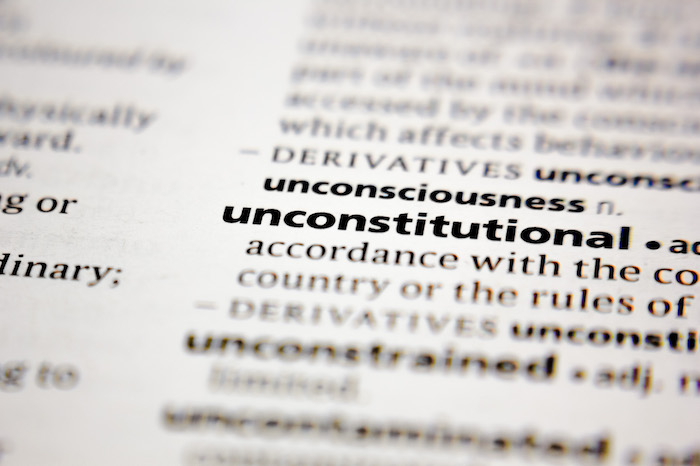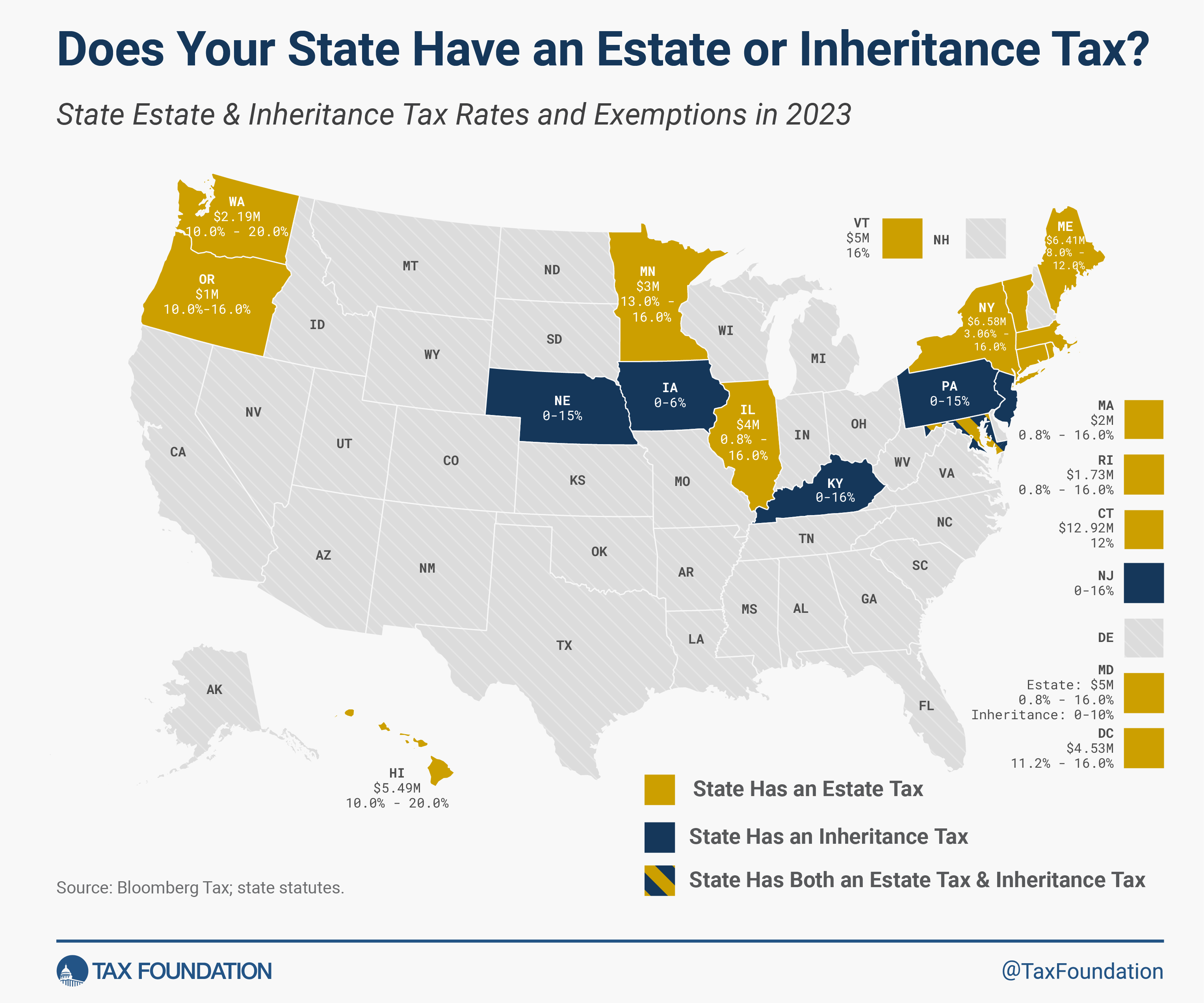Is the Supreme Court Going to Declare the Patent Eligibility Restoration Act Unconstitutional?
“To merely declare that a statute contains an ‘implicit exception’ without an express cogent justification amiable to the Constitution is to ignore statutory language in favor of unconstitutional judicial activism.”
Recently, members of the Senate Judiciary Committee’s Subcommittee on Intellectual Property released a draft of the ‘‘Patent Eligibility Restoration Act of 2023” (“PERA”) for the purpose of addressing the judicially-created exceptions to patent eligibility plaguing the country. Among the Senate’s findings are that patent eligibility jurisprudence requires significant clarification, the judicial exceptions are rendering an increasing number of inventions ineligible for patent protection, and Alice/Mayo is confusing and inconsistent. None of this is surprising. Alice/Mayo has been a resounding failure. However, of particular importance, the Senate bill has declared “All judicial exceptions to patent eligibility are eliminated.”
While wholly expected from the Senate, this statement represents a challenge to the Supreme Court by de facto declaring that the judicial exceptions to patent eligibility are nothing but badly conceived policy preferences having no constitutional basis. The question therefore arises as to whether the Supreme Court’s exceptions to patent eligibility are necessary to comply with the Constitution, or whether the various judicial exceptions to patent eligibility are unconstitutional judicial activism. That is, if Congress sets aside the judicial exceptions to patent eligibility, would such an act violate the Constitution in the eyes of the Supreme Court?
Title 35 U.S.C. § 101 (“Inventions patentable”) recites as follows:
Whoever invents or discovers any new and useful process, machine, manufacture, or composition of matter, or any new and useful improvement thereof, may obtain a patent therefor, subject to the conditions and requirements of this title.
Section 101 is 36 words. Notably absent are the terms “abstract idea” and “inventive concept.” Without question, the exceptions to patent eligibility have no basis in the statutory language of § 101, but do they have a Constitutional basis? Certainly, as with all statutes, § 101 has a constitutional dimension. However, the Supreme Court has never claimed its exceptions were necessary to keep the Patent Law constitutional and never addressed these exceptions when considering ALL of the patent law, including § 102, § 103, and § 112.
The Supreme Court “normally interprets a statute in accord with the ordinary public meaning of its terms at the time of its enactment.” Bostock v. Clayton County, 140 S.Ct. 1731, 1738 (2020). That is, “only the words on the page constitute the law adopted by Congress and approved by the President.” Id. “If judges could add to, remodel, update, or detract from old statutory terms inspired only by extratextual sources and our own imaginations, we would risk amending statutes outside the legislative process reserved for the people’s representatives.” Id. The fact that Bostock came out of the same court as Alice/Mayo is astounding.
The Constitutional Questions
While statutes should be interpreted to avoid an unconstitutional outcome as well as absurd outcomes, the Supreme Court has never stated whether its various exceptions to patent eligibility were necessary under the Constitution, and certainly never addressed the judicial exceptions based on the entirety of Title 35 of the United States Code.
In addressing § 101 and only § 101, the Supreme Court identified three specific exceptions to patent-eligibility principles including: (1) laws of nature, (2) physical phenomena, and (3) abstract ideas. Bilski v. Kappos, 561 U.S. 593, 601 (2010).” In declaring these exceptions, the Supreme Court stated, “these exceptions have defined the reach of the statute as a matter of statutory stare decisis going back 150 years.” Id. at 602. The problem with this statement is that there is no language in the 36 words of § 101 to support such a notion of “statutory stare decisis.”
While Bilski did state that “[a] conclusion that business methods are not patentable . . . would violate the canon against interpreting any statutory provision in a manner that would render another provision superfluous,” ironically the Bilski holding rendered 35 U.S.C. § 102 superfluous. The Bilski claims, being supposedly well-known, routine, and conventional, necessarily fall to the plain language of § 102 even as the Bilski claims comply under § 101.
Turning to Mayo Collaborative Services v. Prometheus Laboratories, Inc., 566 U.S. 66 (2012), the Supreme Court abandoned the statutory stare decisis nonsense stating that it “has long held that [§ 101] contains an important implicit exception . . .” (emphasis added) citing, inter alia, O’Reilly v. Morse. Recently the Supreme Court realized in Amgen v. Sanofi, 598 U.S. ____ (2023) that, after 51 years of erroneous citations, Morse relates to enablement under § 112(a), not patent eligibility under § 101. An amazingly tardy realization if there ever was one. Regardless, this theory of “implicit exception” is incompatible with the idea of statutory stare decisis, as an interpretation of existing text is not the same as an exception based on nonexistent text.
The real problem, however, is that the phrase “implicit exception” is nomenclature that turns every statute into the plaything of the judiciary. To merely declare that a statute contains an “implicit exception” without an express cogent justification amiable to the Constitution is to ignore statutory language in favor of unconstitutional judicial activism. How these “implicit exceptions” fit within the 36 words of § 101 from a constitutional perspective has never been addressed by the courts.
Furthermore, the exceptions to patent eligibility literally read out the statutory text of § 101. Section 101 expressly covers both inventions and discoveries. The word “invention” implies an act of creation. The word “discovery,” however, implies the finding or new awareness of a preexisting something. It is fully within the express scope of § 101 that “new” includes “newly discovered.” When reviewing cases such as CareDx v Natera (22-1066) it is impossible to reconcile the “or discovers” language in § 101 with the “implicit exceptions” doctrine of the judiciary. Why “any new and useful process” no longer means “any new and useful process” is an issue the Supreme Court cannot be bothered to answer.
This judicial activism by the Supreme Court has morphed patent eligibility into absurdity. Now, claims are held patent ineligible for preempting a law of physics having nothing to do with the underlying claim (American Axle v. Neapco), preempting science fantasy in a manner that should cause the judiciary to collectively blush (Killian v. Vidal), and for the crime of creating a new and useful improved medical breakthrough (CareDx v. Natera) using known tools and techniques in a new way. Alice/Mayo is a capricious judicial veto based on no policy other than a wholesale appreciation of evidence-free analyses and technical ignorance.
Alice/Mayo was fated for absurdity the moment the courts resurrected “invention” (rebranded as “inventive concept”) a standard that Congress removed from the patent law and which has defied definition for over 172 years. Requiring “invention” as a pathway to a patent is not a statutory interpretation (see the 36 words above) and it is not part of any “implicit exception” consistent with the Constitution. “Inventive Concept” is an unworkable and capricious judicial test that no judge or justice can articulate beyond some vague we-know-it-when-we-see-it idea that never survives the next Alice/Mayo opinion.
Don’t Be Surprised
While every aggrieved victim of Alice/Mayo is playing at least a fair game of chess (and sometimes brilliant game of 3D chess) when begging for certiorari before the nation’s highest court, the real game at the Supreme Court is “Go Fish,” where petitioners endlessly ask for clarity but the Supreme Court is holding only jokers. Don’t be surprised when the Supreme Court declares PERA unconstitutional.
Image Source: Deposit Photos
Author: sharafmaksumov
Image ID: 271973646






